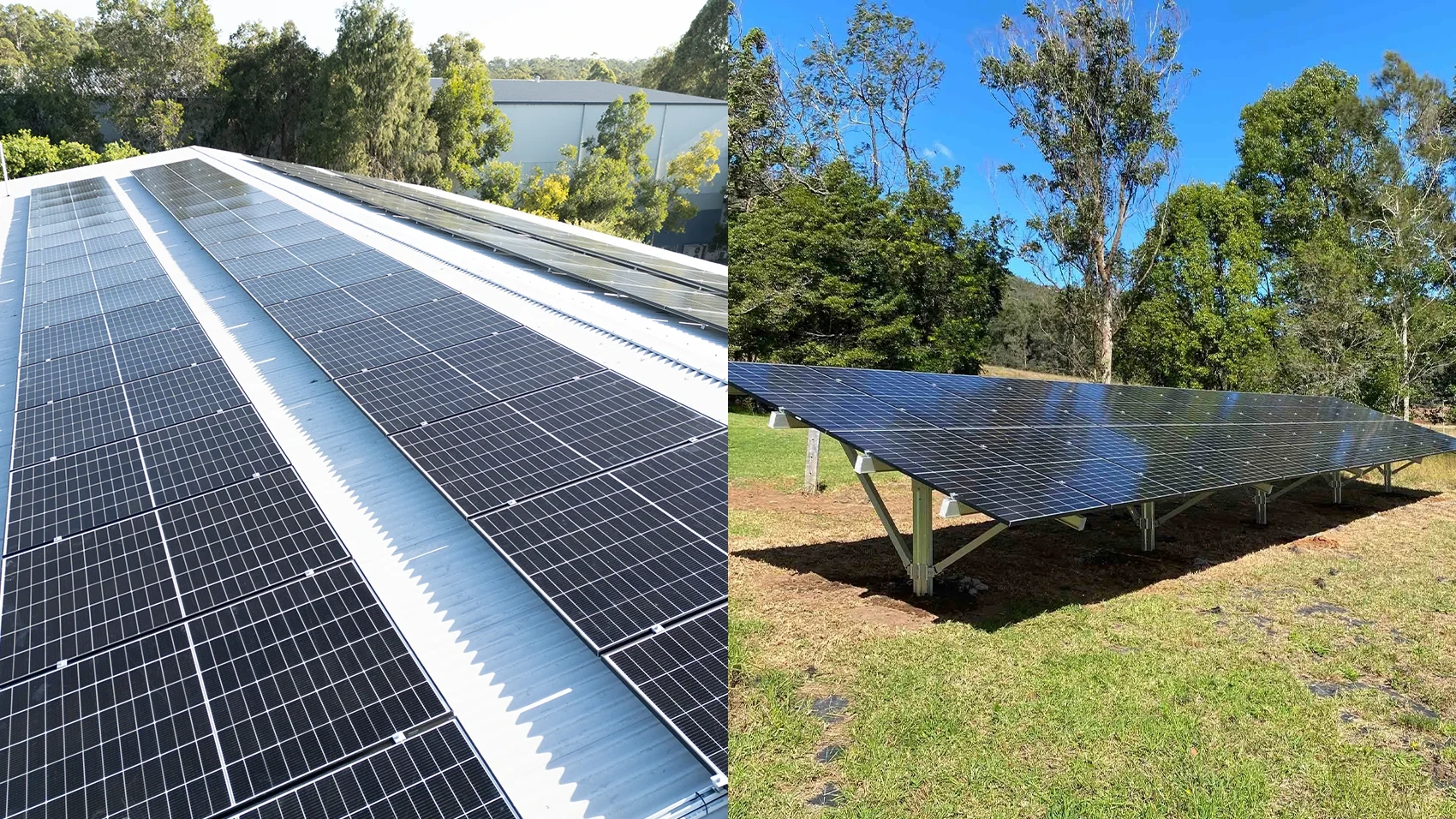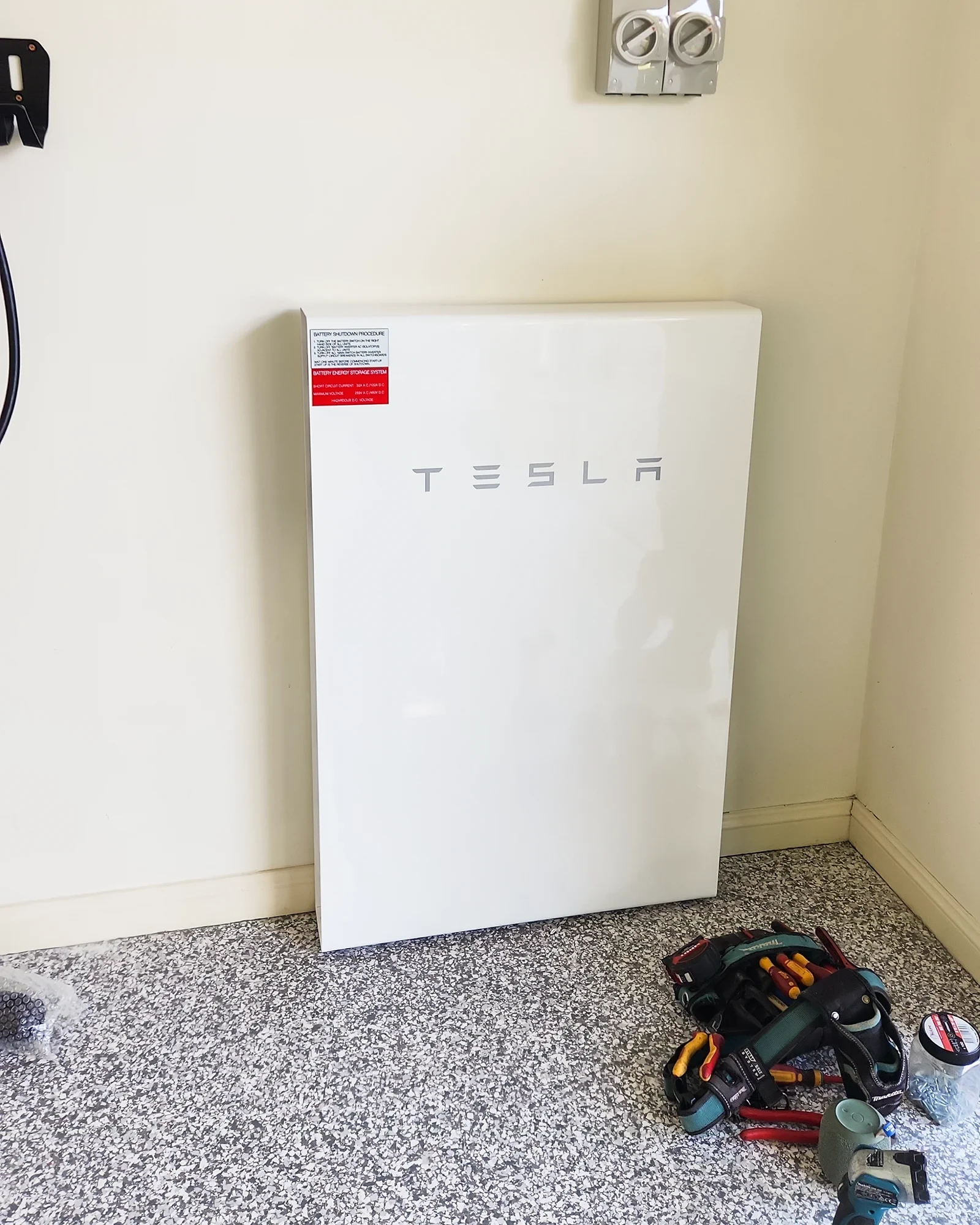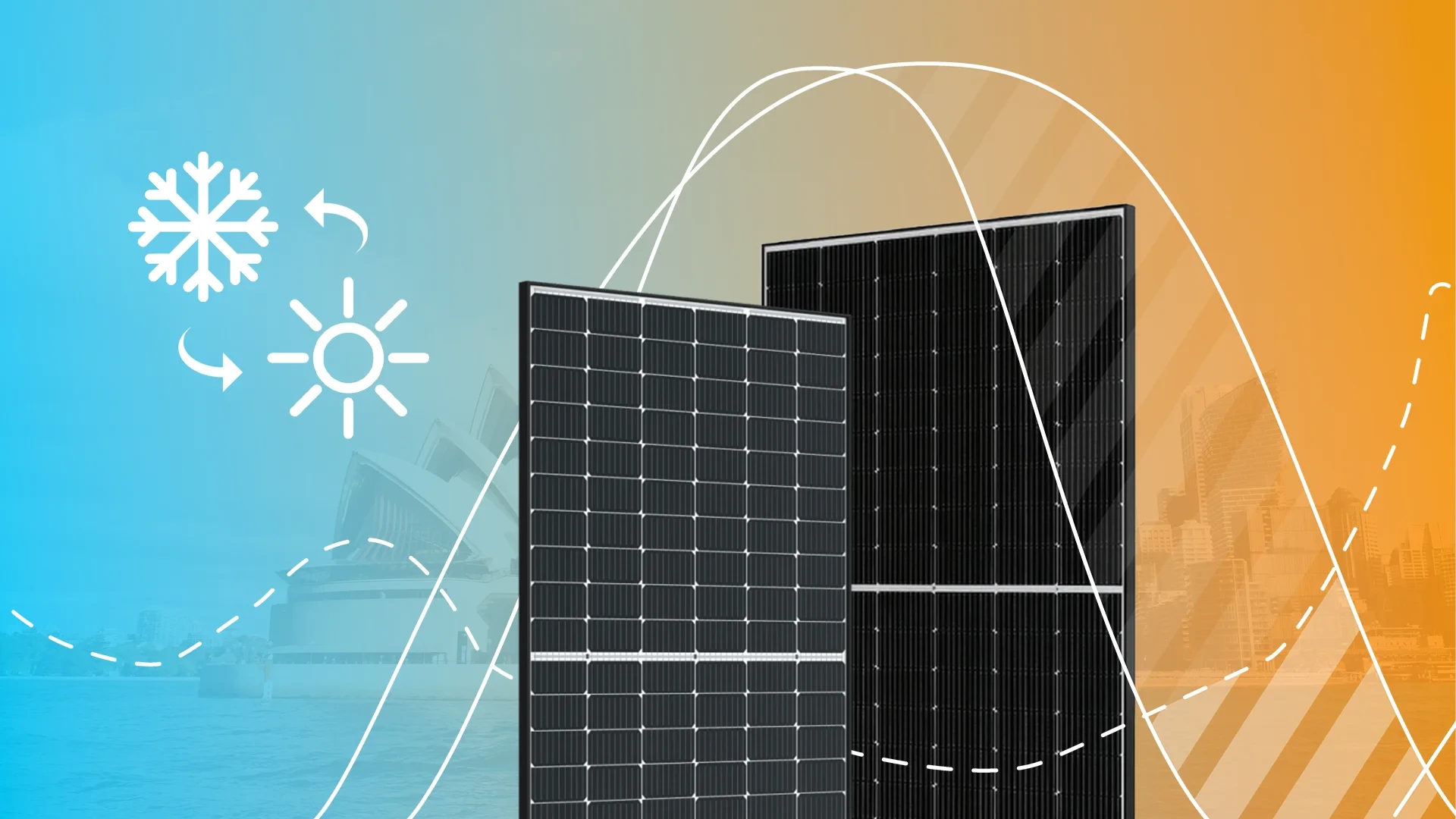The NSW Battery PRDS Incentive is Now Available
The NSW Battery PRDS Incentive is Now Available
Posted 15 Nov
The energy required to heat hot water by a conventional heating element and storage tank is quite high, and for most Australian
households represents the highest year round source of electricity consumption.
Most electric storage hot water systems have been heated by cheap (off-peak) electricity switched to them in the middle of the night and
called by the industry, controlled loads.
Controlled load 1 is the cheapest and switches on around 11PM and switches off at around 7AM next morning.
Plenty of time to heat the largest storage tank.
Another controlled rate, Controlled load 2 is switched on and off at various times during the night and day and suits those with smaller tanks and high usage. For the convenience of more regular heating a higher tariff applies. Some rough numbers are around 16 cents/kWh for CL1 and around 20 cents/kWh for CL2.
Those households with solar would have been up to now been better off by exporting electricity during the day at say 21 cents/kWh and heating their water at night for 16 cents/kWh.


Today everyone with solar has noticed that the export tariffs have slumped to below 10 cents/kWh. Or possibly 13 cents/kWh if with a generous retailer. Now it makes sense to use solar electricity to heat the water during the day and not use controlled load electricity.
Strategies to know when to allow the solar to heat the water. The simplest is to set a time switch to divert energy from the solar inverter in the middle of each day when the sun is at its zenith and hope that its not a cloudy day. If it does switch on when little solar energy is available the electricity will come partly or wholly from the grid; at a cost.
The next approach is to use a hardware device called a solar diverter. There are many kinds of this device on the market but all attempt to monitor the solar generation situation and make intelligent decisions as to when to switch the hot water element on and when not. Some detect export power flowing into the grid above a value represented by the power rating of the hot water tank element.
Others monitor grid voltage and when it rises to a high value that signals to inhibit inverter export it switches the element on.
In all cases of course the element is in series with the tank thermostat and if the thermostat signals that the water has reached the upper set point no further heating occurs.
Therefore, there is a solution to declining export tariffs by maximising a household’s self consumption. Of course any method involves modifications to the house wiring, work done by electricians. However it is small scale work and the diverters are affordable. The total outlay will be recovered quickly.

The term heat pump describes a whole family of devices which simply move heat from one place to another. Under this category we have refrigerators,
air conditioners both cooling and heating types, and hot water heaters.
This latter class are the only ones to carry the heat pump descriptor but in reality all the others are intrinsically heat pumps.
The refrigerator pumps heat from the food inside the appliance to the outside environment. Cooling type air conditioners likewise cool the inside of a building. Bidirectional air conditioners are able to either pump heat from a building’s interior to the outside or vice versa. They are called reverse cycle air conditioners.
Heat pump hot water systems pump heat from the ambient environment to the water in the storage tank. Using the magic of the compression and expansion of special gasses these devices are seemingly able to perform miracles.


It is easiest to imagine from the following description of the operation of a reverse cycle air conditioner acting in it’s heating mode and
comparing it with a conventional radiator or fan heater.
Imagine that for a certain level of comfort and room temperature the fan heater needs 1000 Watts of power and over an hour consumes
1kWh of electrical energy.
Now compare the consumption of a typical domestic air conditioner producing the same level of comfort and room temperature. Measurement
of the electrical power flowing into the A/C show that it only requires about 300 watts of power and consumes 0.3 kWh of electrical
energy over the same hour.
How can this be so?
The answer lays in the fact that using electrical energy to move heat energy from one place to another is much more efficient than
conversion of electrical energy into heat by a radiator. It is easiest to visualise in our heating example but works for cooling as
well.
Without sounding like a sales pitch - we install smart home energy systems including; smart hot water heating, Solar, smart metering, and much more. If you are interested in what options are available for your home or business, send us a message through the pop-up or send us an enquiry form here.

Rooftop and ground mounted solar are ways you can add solar to your home.. but which is better? Compare roof vs. ground solar systems and see what's best.

Explore the NSW battery 'rebate' (Peak Demand Reduction Scheme), approved battery brands, pricing, and how you can be eligible to save on your first battery.

Explore the best home solar batteries from 6kWh, 10kWh, and 15kWh energy capacity options. Protect your solar energy in Newcastle & Hunter NSW.

The journey of bidirectional charging in Australia has hit a milestone with the recent approval of the new standard for vehicle-to-grid (V2G) charging for 2025.

Explore how daylight savings and seasonal changes during winter and summer can affect your solar panels performance and solar generation in NSW, Australia.
Leave a Comment